Is My Thermostat Broken?
5 minute readHow to diagnose a faulty thermostat, fix common issues, and know when it’s time for a replacement.
Home > Blog > Tax Credits and Rebates for Home Energy Efficiency Improvement
8 minute read • Last update August 2024
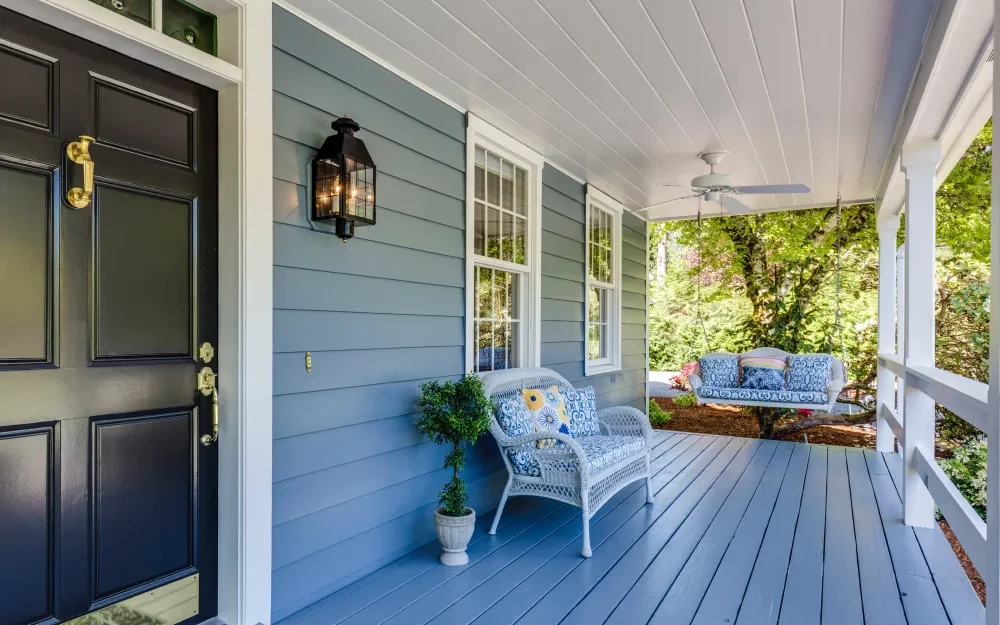
Looking to decrease your electricity bills? There are many behavior changes you can make like turning the lights off when you leave a room or setting the thermostat higher in the summer. But changes like these can you get you so far.
To make a bigger dent in your energy bill, you can consider investing in home energy efficiency upgrades such as new doors, windows, insulation, or heating and cooling systems. These will have the most impact on your electricity consumption.
Luckily, these energy efficiency upgrades are made more affordable by the Inflation Reduction Act, the largest clean energy investment bill in United States history.
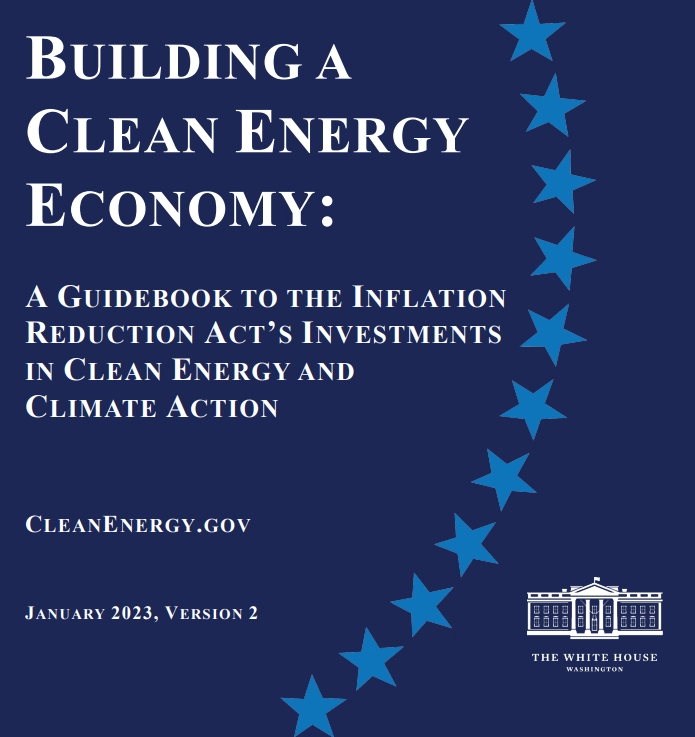
The Inflation Reduction Act is a sweeping set of federal laws written to help reduce the United State’s dependency and use of fossil fuels. Passed in August 2022, this legislation includes grants, loans, rebates, tax credits, incentives, and other financial benefits to encourage investment in clean energy, vehicles, buildings, and manufacturing.
The Inflation Reduction Act serves as a catalyst for positive change in social, infrastructure, and environmental programs. One of its primary objectives is to provide energy efficiency tax credits and rebates for home energy efficiency improvements, encouraging citizens to invest in energy-efficient products and services.
These incentives include government energy tax credits and rebates for improvements such as insulation, windows and doors, solar panel systems, or other qualifying renewable energy sources.
Imagine slashing your energy bills while increasing the value of your home and doing your part to protect the environment. It’s all possible thanks to the Inflation Reduction Act. With tax credits and rebates for energy-efficient home improvements, now is the perfect time to upgrade your home and save money in the process.
Significant savings on your energy bills can be achieved by upgrading your home with energy-efficient appliances, insulation, and renewable energy systems. Thanks to the Inflation Reduction Act, homeowners can take advantage of tax credits and rebates to make these energy efficient home improvements more affordable.
Improvements eligible for tax credits and rebates include:
Investing in these upgrades can cut down energy costs and improve overall home energy efficiency. Additionally, highly efficient heating and cooling appliances like heat pumps, central air conditioners, and water heaters can contribute to energy savings.
Two rebate programs for different income levels are also provided by the Inflation Reduction Act. Households with an income higher than 80% of the area median income are eligible for rebates covering up to 50% of project costs. Homeowners with an income below 80% of the area median income can receive rebates covering up to 100% of project costs.
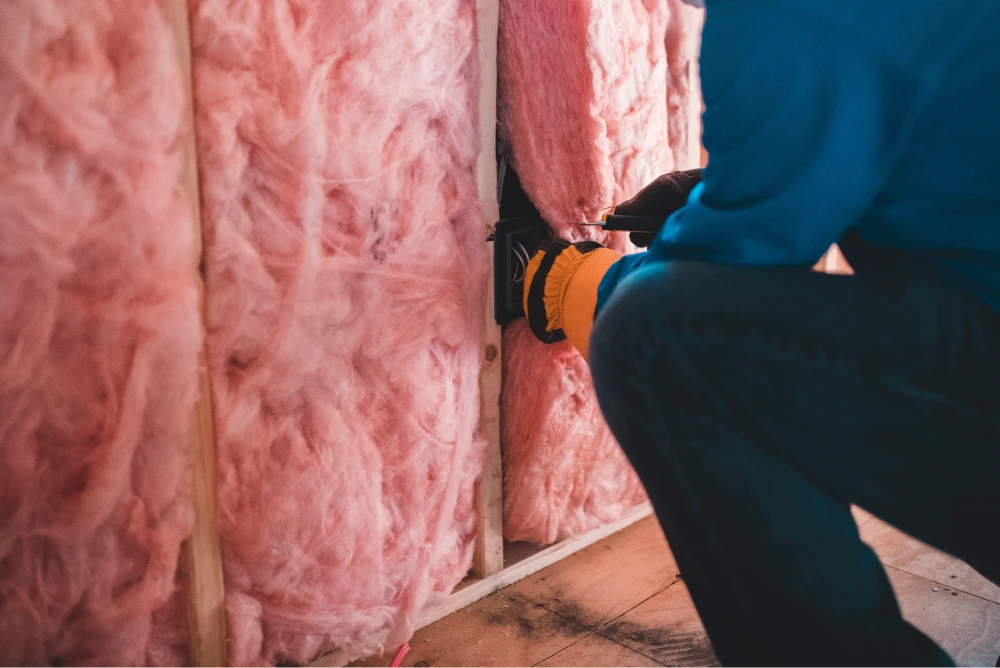
The Energy Efficient Home Improvement Credit is a consumer tax credit for energy efficiency improvements of residential homes.
The credit amounts for the Energy Efficient Home Improvement Credit vary depending on the type of improvement. The credit covers up to 30% of the cost of the upgrade for qualifying home improvements. You can claim up to $3,200 per year through this program.
While the total annual credit is capped at $3200, this is broken into two parts. $1200 can be claimed for the efficient heating and cooling equipment, windows, doors, building envelope, and audits. $2000 can claimed for heat pumps.
This credit is annual so you can take reap the benefits of $3200 each year until the program expires in 2032.
Specific criteria, including utilizing the property as their primary residence and installing energy-efficient enhancements, must be satisfied by homeowners to be eligible for the credit. Building envelope components, such as windows, doors, and insulation materials, must have an expected lifespan of no less than 5 years to qualify for the credit.
Looking to get a jumpstart on your home energy efficiency upgrades? Here’s an example path you may take during the first four years of your home efficiency improvement journey:
With improvements to your doors, windows, heating and cooling, and insulation, you could expect to save up to 30% or more on your electricity bill. The amount you can save depends on how significant the upgrades are to your home. For example, a home with single pane windows upgrading to triple pane windows will experience more savings than a home that already had double pane windows.
According to ENERGY STAR, upgrading from single pane to triple pane windows can help you save between $101-$583 per year on your energy bills.
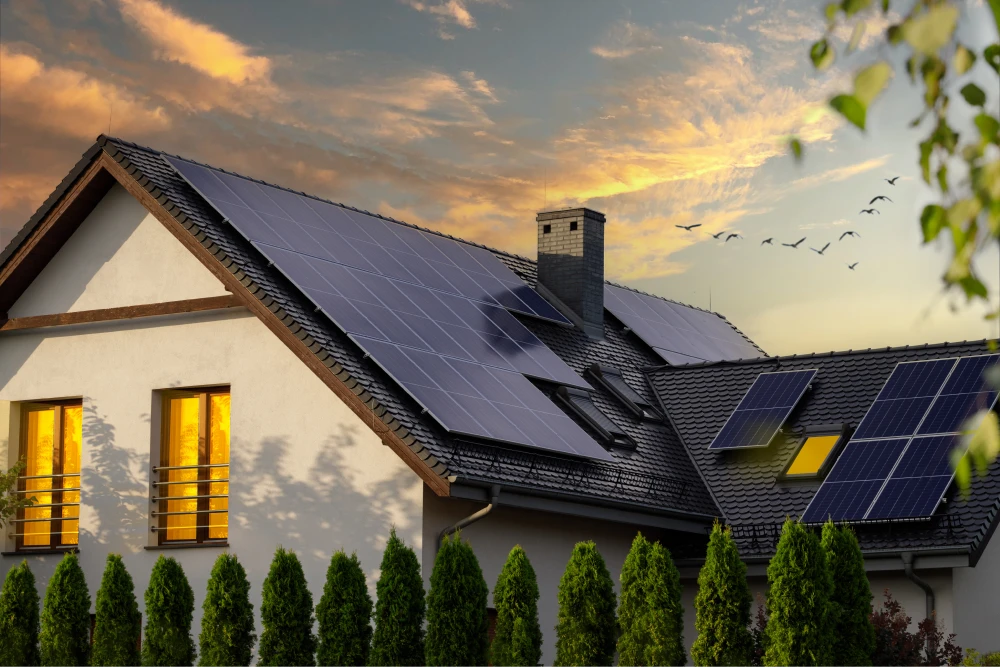
The Residential Clean Energy Credit offers tax credits for the installation of various renewable energy equipment. These can include solar panels, wind turbines, and geothermal systems. The credit covers up to 30% of the cost of the equipment. There is no upper limit to this tax credit, you can cover 30% of any amount of qualifying improvements.
Homeowners can save money on their energy bills and reduce their carbon footprint with these credits.
Eligible equipment for the Residential Clean Energy Credit includes:
From 2023, the credit will stop being available for biomass furnaces and oil water heaters. However, it will be possible to use it for battery storage technology with a minimum capacity of three kilowatt hours.
Certain solar roofing equipment, such as solar roofing tiles and shingles which provide both solar electric generation and traditional roofing, may qualify for the Residential Clean Energy Credit. However, expenses incurred for roofing or structural upgrades or replacements in preparation for installing solar panels and related equipment are not eligible for the credit.
As specified by the law, the credit amount for the Residential Clean Energy Credit is 30% from 2022 to 2032. The credit percentage rate starts off high, but steadily decreases over time. In 2033 it drops down to 26%, followed by a further decrease to 22% in 2034. Finally, no credit is available after December 31, 2034.
Homeowners are provided with ample opportunity to invest in renewable energy systems and reap the benefits of clean, sustainable energy for years to come due to the extended duration of the credit.
How much you save on your energy bill with renewable energy improvements depends on two things: the capacity of the equipment you install and how much energy your home consumes.
It’s possible to install enough renewable energy equipment that your bill drops to $0. Depending on your utility company, you may still be required to pay various fees that allow you to remain connected to the grid.
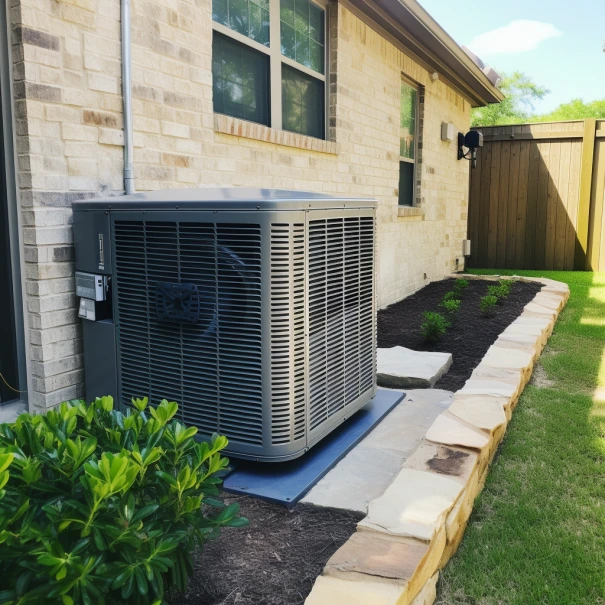
High-Efficiency Electric Home Rebates are incentives designed to support low- and middle-income families in purchasing energy-efficient electric appliances. Families can save money on their energy bills and reduce their environmental impact with these rebates. Through this program, eligible households can receive cash rebates of up to $14,000 on these qualifying upgrades.
Depending on the appliance and household income, the rebate amounts for the High-Efficiency Electric Home Rebate Program vary, with certain limits in place. Price caps apply to each upgrade eligible for the rebate, ensuring that the program remains accessible to low- and middle-income families.
Some of the qualifying upgrades include:
The program will be available through September 30, 2031, giving homeowners plenty of time to take advantage of these rebates and make their homes more energy-efficient.
Homeowners are required to file the appropriate forms with their tax return and provide proper documentation of the improvements made to claim tax credits for home energy efficiency improvements. To claim the energy tax credit, homeowners must file Form 5695, Residential Energy Credits with their tax return.
When claiming tax credits, documentation plays a crucial role. Pertinent product receipts and source documentation, including the manufacturer’s certification that the component meets energy efficiency requirements, should be provided by homeowners as appropriate documentation of the improvements made. It is essential to keep thorough records of all improvements and related expenses, as failure to provide the necessary documentation could result in the IRS disallowing the credit.
To ensure that all available tax credits for your home energy efficiency improvements are correctly claimed, it can be helpful to consult a tax professional. A tax professional can guide you through the process, help you gather the necessary documentation, and answer any questions you may have.
States across the country are responsible for creating and establishing programs to accept applications for and distribute home energy rebates. The Department of Energy expects these programs to be widely available to much of the United States throughout 2024.
The Inflation Reduction Act of 2022 (IRA) directs new federal spending toward reducing carbon emissions, lowering healthcare costs, funding the Internal Revenue Service, improving taxpayer compliance, changing eligibility rules for claiming a tax credit for clean vehicles, investing in transformative initiatives to cut healthcare costs and protect the planet, reducing rising inflation, cutting the deficit, and enacting taxes on large corporations and stock buybacks.
The Inflation Reduction Act was passed on August 16, 2022, by the 117th United States Congress and signed into law by President Joe Biden. It has since continued to spur historic investments across the country.
No, the Inflation Reduction Act does not directly provide money. It expands tax credits and rebates for energy efficiency projects and offers point-of-sale discounts to low- and moderate-income households, as well as providing potential rebates for energy savings achieved.
Graham Lumley, Digital Marketing Manager at BKV Energy, leads digital and traditional marketing strategies, focusing on educating Texans about the state's deregulated energy market. With over 8 years of marketing experience, he creates content to help consumers understand and save on their energy bills, bringing a fresh and dynamic approach to the industry.
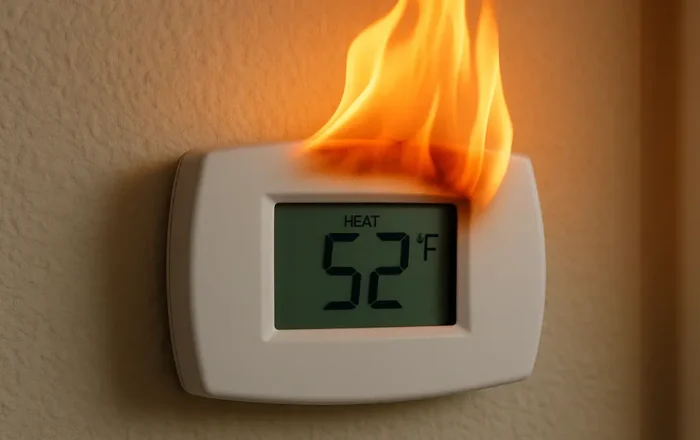
How to diagnose a faulty thermostat, fix common issues, and know when it’s time for a replacement.
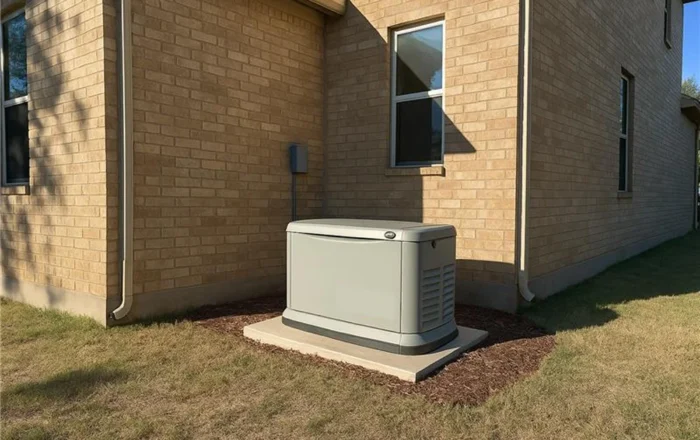
How to choose the right generator for your Texas home
Get $50 off your electric bill!
Use code BKVEJOINUS50
Enter your zip code to shop BKV Energy's affordable, fixed-rate Texas electricity plans. Use the promo code for $50 off your electric bill.